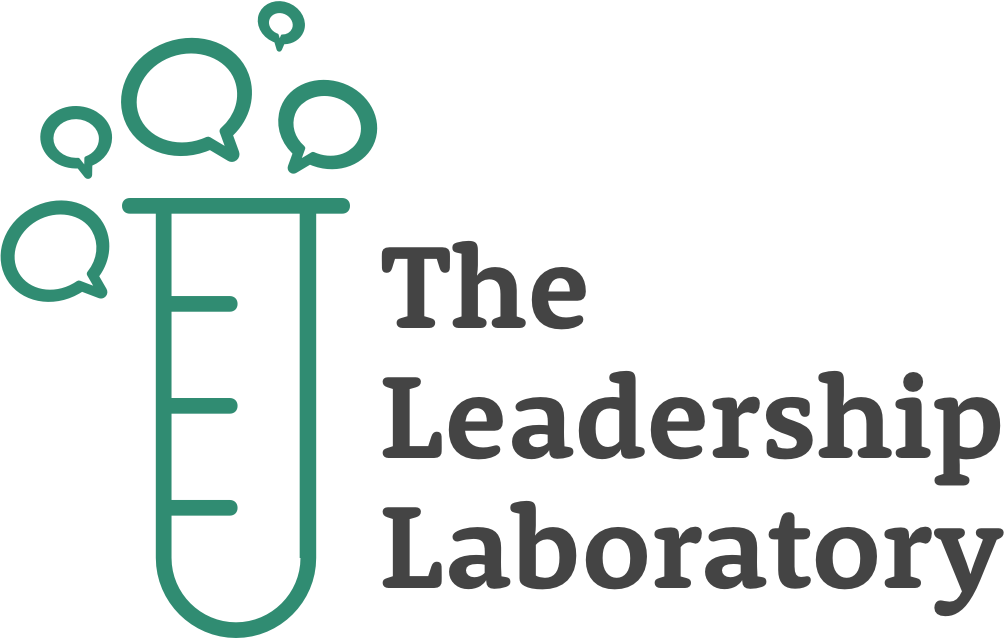Written by Jacob Goldstein — Executive Director
Interested in workshops on this topic for you and your team? Visit the Team Building + Development page for recommended interactive learning experiences from The Leadership Laboratory for emerging and established leaders in your organization.
In an earlier blog post, we discussed that in World War II researchers from the Center for Naval Analyses conducted a study of the damage done to the US Aircrafts that had successfully returned home from missions. In an effort to protect the soldiers on the plane, they wanted to take a deeper dive into a potential redesign and determine how they could make the planes even safer during missions. Many of the planes returning to the base had pretty significant damages, and the team at the CNA devised a plan to highlight the areas most frequently damaged, represented in this image.
In contemplating the redesign for the airplane, the team’s plan was to add additional armor to these areas in order to minimize the damage in an effort to ultimately save lives. This logic makes sense – we can see that these returning airplanes are experiencing problems in the areas indicated in red, so adding additional support to those spots should be our first fix.

Statistician Abraham Wald disagreed. As a member of the team, he acknowledged that the study only considered the aircraft that had survived the mission; the airplanes shot down were not present for the damage assessment, and thus showcased an incomplete data set. Wald argued that the holes in the retuning airplanes indicated areas where a plane could be damaged and still make it home. Wald, in turn, proposed the exact opposite recommendation, suggesting that adding additional armor to the areas without any damage should bring even more planes, and thus soldiers, back home. He was right.
Wald’s research is an example of Survivorship Bias: the idea that we should look at the successes to determine the most accurate recipe to replicate that result. In this situation, the team reviewed only the surviving airplanes to determine the changes they should make, instead of acknowledging that their sample size left out very important information.
As leaders, being conscious of various biases helps us to ensure the decisions we make are not only based on science and research, but include the right science and research. Researchers have uncovered hundreds of different biases that exist, and we’ve spent time today talking about several of them. As we work to serve as even more inclusive leaders, let’s highlight a few additional biases, and share some recommendations to overcome their impact to increase inclusion on our teams.
Affinity Bias
Affinity Bias is the unconscious tendency to get along with others who are like us. In the workplace, Affinity Bias shows up in a number of different places. In hiring, we tend to look for individuals who are similar to us – perhaps we went to the same university, or both had non-traditional backgrounds and ended up in finance. When we find things in common – people we know, interest, etc. – we see a bit of ourselves in them, and it oftentimes creates a bias in their favor. I often refer to the Affinity Bias in the hiring or promotion process as the “Mini-Me” bias. I see a bit of myself in them, so I want to place an extra effort in selecting them for the position, or developing them to get to the next level.
Affinity Bias can also appear in the way we evaluate team members. When it comes time for annual performance reviews, we might look at the work that someone did, and consider our way of doing it. If our direct report didn’t get the results we were looking for, but their process was the same way we would have done it, the affinity bias kicks in; we’re likely to still view them more favorably. If our direct report did get the results we were looking for, but their process was totally unlike how we would have recommended, the affinity bias kicks in in the opposite way; we’re more likely to rate them more harshly, even though they technically accomplished the task.
Conformity Bias
Let’s think about the standard middle schooler – more than anything, they are just trying to fit in. Their choices of clothing, activities, and even opinions likely stems from an idea popularized by someone in the in-crowd. This is Conformity Bias. Conformity Bias is, in other words, groupthink. It’s the tendency people have to act similarly to the people around them regardless of their own personal beliefs or idiosyncrasies. While in hindsight we might be able to see this as intentional, deliberate behavior, in the moment it’s often quite instinctual – there is a genuine leap our brains make as an act of social self-preservation. We have a natural desire to fit in, even if we’re not completely in agreement. How often have you bit your tongue in a meeting because everyone else seemed on board? In the 1950s, through a series of psychological experiments, researchers found that people were willing to go as far as giving a wrong answer in order to conform to the rest of the group.
With that in mind, it should come as no surprise that conformity bias can lead to some pretty big mistakes. For starters, it diminishes creativity. We love innovative solutions, or creative ways to solve problems – unless they’re in opposition to what the rest of the group thinks. Additionally, it decreases the likelihood of proactive problem solving. There are countless stories of products doomed to fail at the very beginning, though no one spoke up. There were whispers behind closed doors or with a few people here and there, and even if most people personally believed there were major pitfalls, they were less likely to speak up if they believed the majority were in favor of the process already approved.
As a leader, there are several ways that you can overcome Conformity Bias. The first is to ask people to make decisions independently, by writing down their idea before going around to share, or leveraging secret ballots. When coming up with new ideas, many teams have broken up meetings into two or three parts, spending one meeting focusing strictly on brainstorming, a second meeting focusing strictly on playing devil’s advocate to evaluate the ideal idea, and a third meeting determining how to bring that idea to life.
Conformity Bias can inadvertently be sparked by the leader as well. Whether intentional or not, your team might be trying to fit in with you! At your next meeting, try having everyone else share out before you to ensure their voices are heard without trying to conform to your beliefs.
The Halo & Horns Effect
The Halo Effect is the tendency people have to place someone on a pedestal after learning something impressive about them. Conversely, the horns effect is when we view someone negatively as a whole after learning something about them that bothers us. In the hiring process, this happens regularly – this individual went to this elite university, or has gone on to earn an incredibly high number of degrees. Just because an individual has multiple Master’s degrees, or even a PhD, doesn’t mean they have all the skills needed to be successful in a position. The same with the school they went to – if the College Admissions Scandal highlighted anything, individuals can be admitted into elite institutions without the credentials that can lead to success.
A friend recently shared a story that he was on a committee to hire a new executive director for a non-profit. They had a few candidates apply, though none were particularly a good fit. After a few weeks with unfortunately unimpressive resumes, a resume came through that caught his eye. This was someone who he had worked with previously – it had been many years, and they didn’t work together directly, but he was familiar with the candidate’s leadership and working style. The truth is, he really disliked the candidate, and from his previous experience found him a bit bullish, and even arrogant. He had a choice – he could share his insight with the rest of the members of the committee right away, or wait and see how things played out. The other members of the committee were interested in interviewing the candidate and, to his surprise, they agreed with his assessment! However, they felt that in addition to several positive qualities, as this position would require a more assertive style of leadership, the candidate’s negatively viewed traits would actually serve the organization well. As opposed to strictly viewing this individual as a negative candidate through-and-through, the Horns Effect, he worked to overcome this bias and take a more impartial view.
Associated with the Halo and Horns effect is something called Confirmation Bias. Confirmation Bias is the idea that when we’re trying to make a decision, we often look for evidence that confirms what we already believe. If there’s a candidate, or a vendor I have a good feeling about, I’m going to look for experiences discussed or comments shared that confirm my opinion. The way to bust this bias is to also look for what’s called disconfirming evidence.
When working to make a decision and removing the Halo effect, the Horns effect, or even Confirmation bias, it’s important to put all of the information out in front of us. It helps to even do so visually, so that we can actually see the components that are going into our decision. There will certainly be comments, ideas, or qualities that can be weighted heavier than others, and that’s ok! Visually showcasing this, and discussing it with other decision makers, can help to make sure that weight is valid.
The Leadership Laboratory is a nation-wide, Chicago-based learning and leadership development company. We build and facilitate custom team and leadership development workshops aimed at transforming the way we lead our work and people. Through interactive workshops, participants will experience customized professional development for emerging and new leaders, established and senior leaders, and teams of all sizes. Feel free to browse our website, www.leadershipdevelopmentlab.com, to learn more about our team building workshop and leadership development programs.

